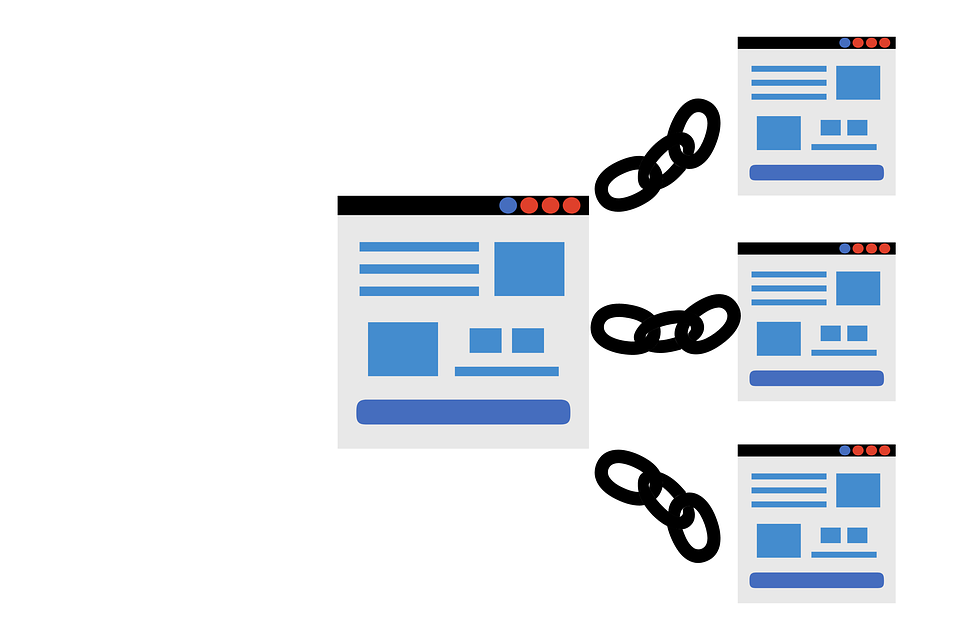
Sometimes, it’s not enough to have a good product — you need to get your name out there. One of the best ways to do that is by having engaging regular content on your website. You’ll want to optimize your content for the best search engine results for maximum reach.
Optimizing your online content means that your content has the maximum reach and will appear at the top of search engine results. Most fields have a lot of competition, and those that don’t are usually just trying to establish themselves. Optimizing your content gives your content a fighting chance in a chaotic online marketplace.
Why Optimizing Content Matters
Quality of content matters, but it’s only half the battle. This works hand in hand with making sure your content is seen — not just by anyone but also by the right eyes. You don’t want to put out disappointing content, but you also don’t want to spend your time putting out great content no one reads.
So how do you know if you’re hitting your target? The key is your search engine ranking. You want a high ranking, which builds on your existing success with more promotion. But you also want to make sure to stay within Google’s rules to avoid penalties. Fortunately, there are some simple ways to optimize your content and increase your chances of a high ranking.
1. Perform Basic Keyword Research
Think of finding the perfect keyword like Goldilocks and the Three Bears. If you pick a keyword that’s too obscure, no one’s going to search for it.
If you pick one that’s too common, your content is likely to get lost in the shuffle among the more established brands. You want one relevant to your content but not too familiar, likely to be a more specific subcategory of the most common keyword.
Use a tool like Ahrefs’ Keyword Explorer to analyze your competitors to find which keywords they’re using before you pick yours. You can learn more about the difficulty, search volume, and more to take into account. Check out PureLinq’s guide on Keyword Explorer, which details how to use the information you find.
2. Use Keywords Throughout the Article
It might be tempting to use your keyword only once or twice, but the general rule is that the more you use it, the more Google’s metric will judge it as relevant.
This comes with a caveat, though — Google is very good at sensing out keyword stuffing or hidden keywords. You want any use of your keyword to be organic, so make sure you’re working it in when relevant and spreading it out throughout the article so it’ll come up as a top link for the subject matter.
3. Optimize Any Assets in the Blog Post Like Images
It takes more to optimize a blog post than just text properly. If you include any images or other media, make sure they’re relevant to the content and optimized to hit the search engine’s metrics.
One of the best ways to do that is to include captions and alt text when uploading them, including the keyword. This ensures that if someone does an image search for your keyword, they’ll hit on your content as well.
4. Focus on Your Title
So you reeled people in and got them to search your keyword. The next step is getting them to click on your link and become a conversion. The best way to do that is to have a title that immediately grabs their attention. You want your title to be concise but to pack a lot of meaning into a few words. Make sure it’s relevant to your keyword and features it prominently.
5. Interlink to Other Blog Posts
If you have a lot of content on your website, make sure you’re using each post to build the others’ success. If you find relevant openings, place links to older posts in your new content. Your strategy should get people to visit your site for the first time, see things they’re interested in, and stick around to read your archives.
6. Include Off-Site Links — Sometimes
Backlinks are one of the most important ways to boost your site’s profile. They can also be an effective trade. If you’ve found a business in your field that isn’t a direct competitor, a partnership with them can benefit you both. You include links to their content, they include links to yours, and both small businesses benefit.
7. Avoid Backlink Traps
Backlinks that contain foreign languages or aren’t relevant to your content should probably be avoided because they won’t help your conversions. Private blog networks, unindexed sites, and highly spammy sites are other examples to be avoided, as too many could actually get your site penalized.
8. Use Social Media Wisely
You’ll want to give your company a presence on all major social media sites, but it should be clear where to concentrate your efforts if you know you’re demographic.
Make sure all your content is linked on your most popular social media site with a direct link, and keep information on how to purchase your product or service in any pinned posts.
Optimize Today
If your blog has quality content, you owe it to your business to reach a broad audience. These simple steps can help your content get maximum reach. Start today, and reap the benefits.
Read Also:































